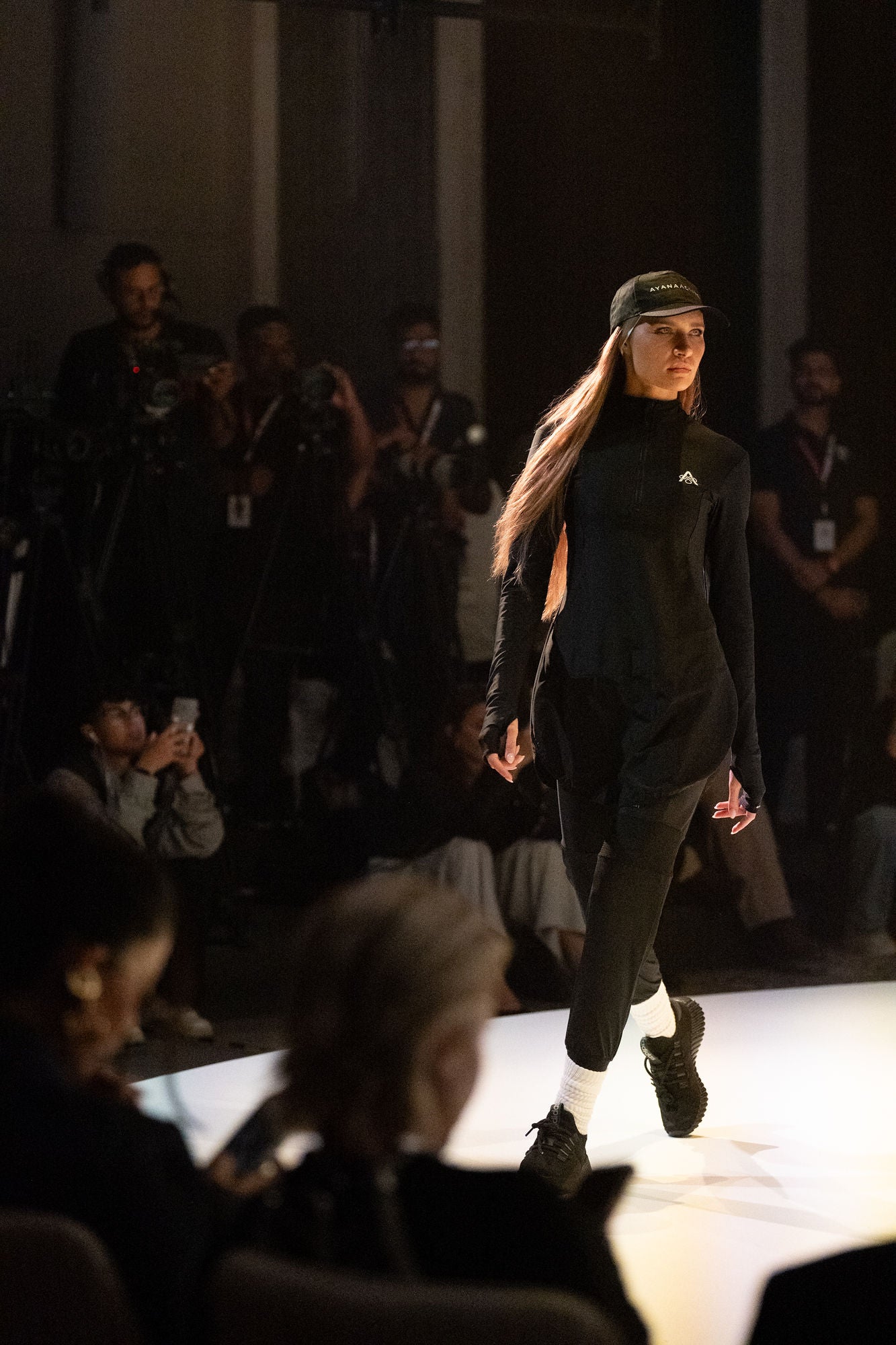Fashion’s Material Makeover
The fashion industry is undergoing a material revolution. Emerging textiles like lab-grown leather, mushroom-based fabrics, and recycled ocean plastic are reshaping the industry’s environmental footprint, offering stylish solutions to longstanding ecological challenges.
Lab-Grown Leather: Unlike traditional leather, which contributes to deforestation and pollution, lab-grown leather is cultivated from animal cells or plant-based proteins in controlled environments. Companies like Modern Meadow and Lab-Grown Leather Ltd. are pioneering this space, producing materials that mimic the durability and texture of animal hides without the ethical and environmental costs. These innovations reduce greenhouse gas emissions and eliminate toxic tanning chemicals, making leather production cleaner and cruelty-free.
Mushroom-Based Textiles: Mycelium, the root-like structure of fungi, is being transformed into biodegradable fabrics and leather alternatives. Brands such as Stella McCartney and Hermès have embraced mycelium leather for its versatility and low-impact production. Grown on agricultural waste, mycelium textiles require minimal water and energy, and they decompose naturally, offering a closed-loop solution to fashion waste.

Recycled Ocean Plastic: With over 8 million tons of plastic entering oceans annually, fashion brands are turning marine waste into wearable art. Adidas, Patagonia, and Girlfriend Collective use recovered fishing nets and plastic bottles to create high-performance apparel. This not only diverts plastic from oceans but also reduces reliance on virgin synthetics, lowering carbon emissions and promoting circularity.
These fabric innovations are more than trends. By creating more and more sustainable fabric alternatives, we are taking tangible steps toward a sustainable future. As consumers become more eco-conscious, we hope these breakthroughs will become the new norm in wardrobes worldwide.



